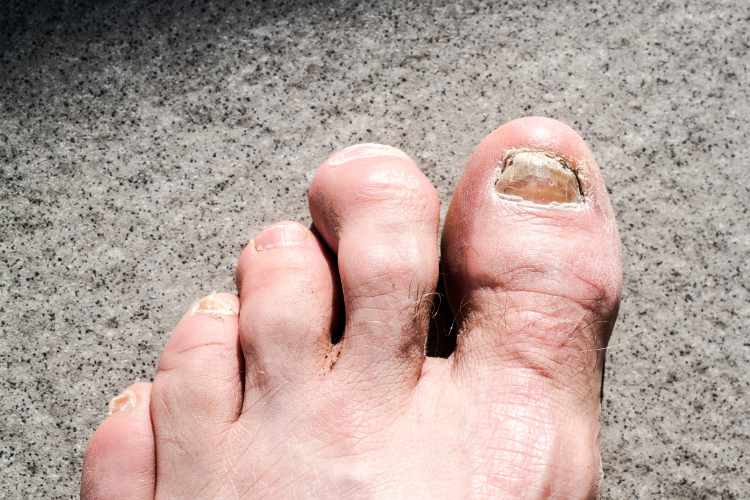Hammertoe is a condition where the middle joint of your toe is affected, causing it to bend down and resemble a hammer. It can affect any toe but mostly occurs in the second and third toes. Wearing inappropriate shoes is the most common cause of hammertoes. Genetics, injury, and certain health conditions are other causes of Huntsville hammertoes. A hammertoe can be painful when you stretch or move the affected toe, cause walking difficulties, and corns or calluses may develop on top of the affected joint. In the early stages, hammertoes are flexible, but if you do not treat them, they become rigid.
Causes of hammertoes
Footwear
Wearing too-tight shoes on the toe box or having a high heel can force your toes into a bent or flexed position. The muscles that enable the toes to straighten become tight and unable to function when your toes stay in that position for a prolonged time. Eventually, the toes do not straighten and may lead to hammertoes. Corns and calluses resulting from tight shoes can also aggravate the condition.
Toe length and foot posture
Research in 2021 shows that hammertoes are more common in people with longer toes. Long toes are at a higher risk of becoming bent or squashed when a person wears tight or heeled shoes. Hammertoes are also common in individuals with foot conditions like flat feet and bunions. Flat feet are when you do not have a visible arch when you place your feet on a flat surface. Bunions happen when bone growth develops on the base joint of your big toe, making it lean toward other toes.
Health conditions
Joint issues like arthritis, diabetes, and muscle imbalances unrelated to footwear can increase your risks of developing hammertoes. Neuromuscular conditions that affect your muscles, nerves that control muscles, or communication between muscles and nerves can also increase the chances of having hammer toes.
Genetics
You are more likely to have a hammertoe if a family member has the condition. Research in 2013 shows that hammertoes are highly heritable among white Europeans. The study does not prove whether the genetics factor applies to all people.
Treatment for hammer toes
Insoles and toe pads
If your hammertoe results from a high arch, you can treat it by wearing toe pads or insoles in your shoes. The insoles ease pain and correct the appearance of your toe by shifting its position.
Cushions and medications
Over-the-counter medications and cushions can treat calluses and corns. Do not pop any blister on your toe, as it can lead to pain and infections. Over-the-counter creams and cushions help relieve pain and keep blisters from rubbing against the shoes.
Surgery
If your toe cannot flex, your healthcare provider may recommend surgery to restore movement. Surgery repositions your toe, removes deformed or injured bone, and straightens your tendons and joints.
Hammertoe is a condition where the middle joint of your toe is affected, causing it to bend down and resemble a hammer. They can be caused by inappropriate footwear, genetics, toe length, or certain medical conditions. Insoles, cushions, medications, and surgery can help treat hammertoes. Schedule an appointment at Foot and Ankle Specialists for hammertoe treatment to restore your toe structure.

